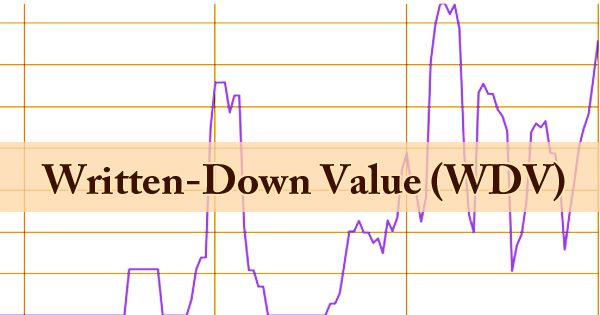Independent Branch
The branches that can keep their accounts themselves and sell goods that are sent by the head office, as well as those purchased by themselves, are known as independent branches. When the size of the branches is very large their function becomes complex. Independent Branch, like the Head Office, keeps all its records separately and independently on Double Entry System. In such a situation it is desirable or practicable for each branch to establish it’s double-entry bookkeeping system quite separate from those of head office under this system of branch accounting. These are the branches which can sell the goods to the head office too. It is legally and organisationally a part of the enterprise of the foreign headquarters and to its extent subject to the law of the foreign headquarters.
They can pay their own expenses and can deposit their collection in their own name in the bank. It prepares its own trial balance and final accounts. These branches are those which make purchases from outside, get goods from Head Office, supply goods to Head Office and fix the selling price by itself. It has to send only the trial balance and final accounts at the end of the year. These branches record separately and independently all the transactions which are even recorded by the head office. The profit and loss are found out by the branch and remitted to H.O. at the end of the year. Steps involved in preparing accounts of independent branches: Reconciliation, Adjustment, and Incorporation.
Characteristics of an Independent Branch:
- Such Branch gets goods from Head Office and from outside parties. It has its own Bank Account.
- It prepares its own Trial Balance, Trading and Profit, and Loss Account and Balance Sheet.
- There may be inter-branch transactions. That is, goods transferred by one Branch to another Branch of the same Head Office.
- A combined Balance Sheet of branch and H.O is prepared by the branch.
















